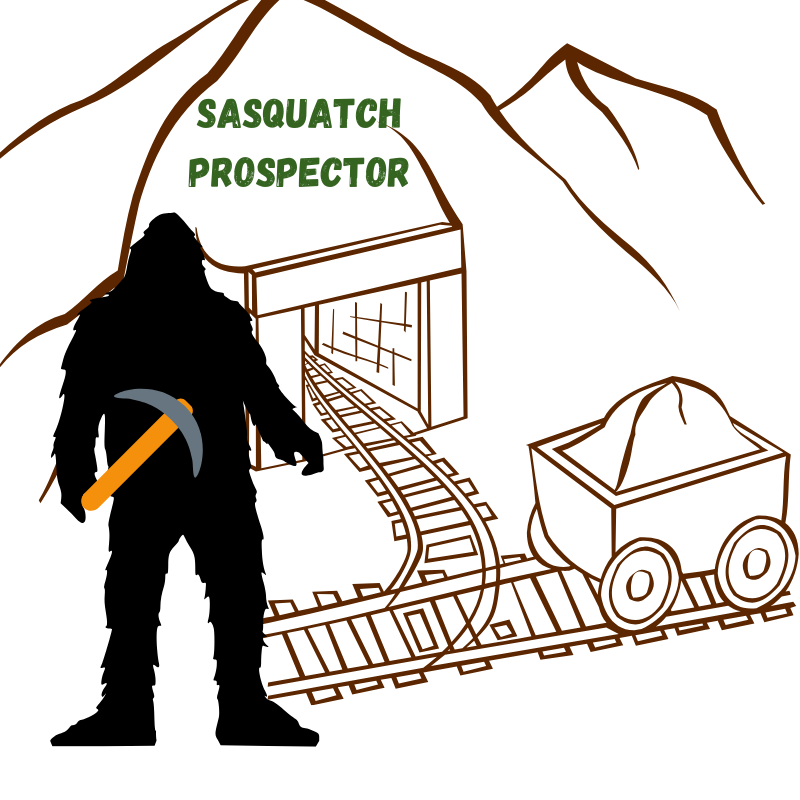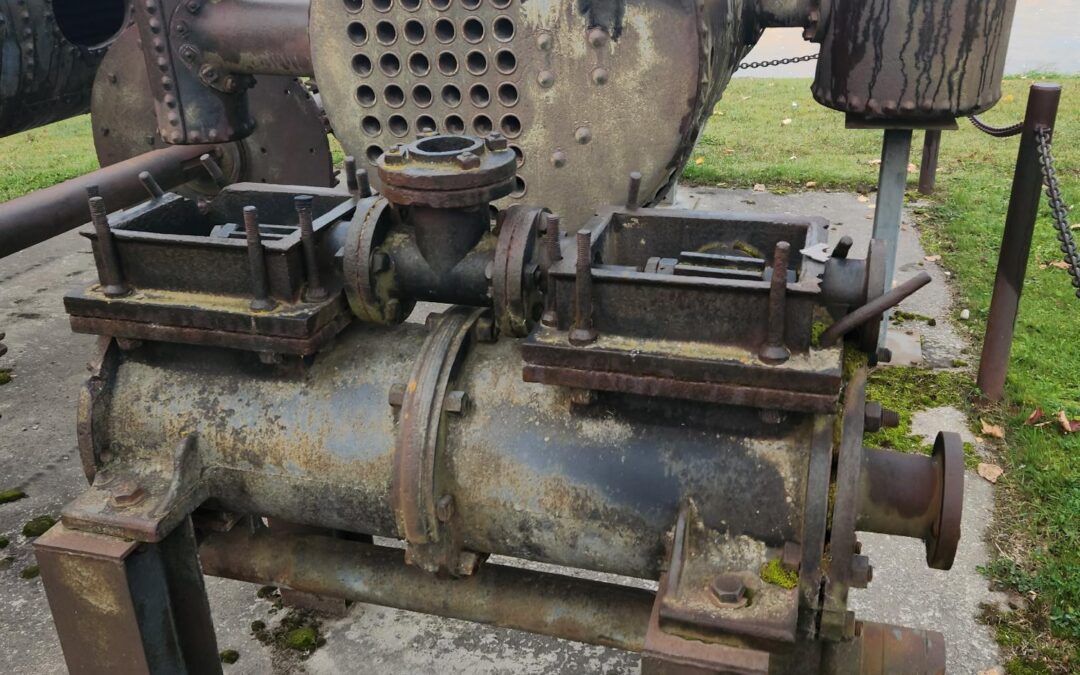The Fraser River is synonymous with British Columbia and is named after the Scottish fur trader Simon Fraser.
The river winds its way through the Fraser canyon and the cascade mountains. The cascade mountains end by the Fraser River, it crosses through many different terrains.
In this blog we discuss the history of the Fraser River Gold rush and its impact on the province.
Mountains, ocean, canyons, desert, plateaus and plains are just a few of landscapes that can be encountered on the Fraser. A transportation highway back in the 1800s, the Fraser River was a vital link to the interior of the province. Sternwheelers traveled up and down the Fraser carefully navigating around the various hazards along the way such as a rapids, bars and shallows.
The sternwheelers where vital to the exploration of British Columbia and would become a critical link in the chain during the times of the gold rush. They would transport gold, supplies, people and animals to various locations throughout the length of the Fraser. The river is also a graveyard; it has collected the bounties of many travelers and prospectors. Gold and other precious treasures lie in sunk and buried ships in the depths of the Fraser.
Gold and other precious treasures lie in sunk and buried ships in the depths of the Fraser.
Towns of note on the Fraser River for gold:
-Hope (Beginning)
-Yale
-Lytton(Middle)
-Lillooet
-Quesnel
-Hixon (End)
These towns had gold mining activities take place at various times throughout history and up to the current times as well. The Fraser River has many mining operations in modern day, like many regions of the province.

Alexandria Bridge in the Fraser Canyon
A gold rush that started in 1858, on the banks of the Fraser River near Hope, BC. It was a huge rush that brought many American prospectors to the region. There were a huge influx of businesses and people which created a blossoming economy for the time. The Fraser River is a mighty river of British Columbia which begins in the interior of BC and flows thousands of kilometers to its mouth in the Vancouver.
Here, many prospectors and miners searched for gold in the banks and bars of the Fraser River. Hills bar was discovered by Edward Hill an American miner and prospector. The discovery started a cascade of miners and a rush to stake claims all over the river.
The placer mining rush was on!
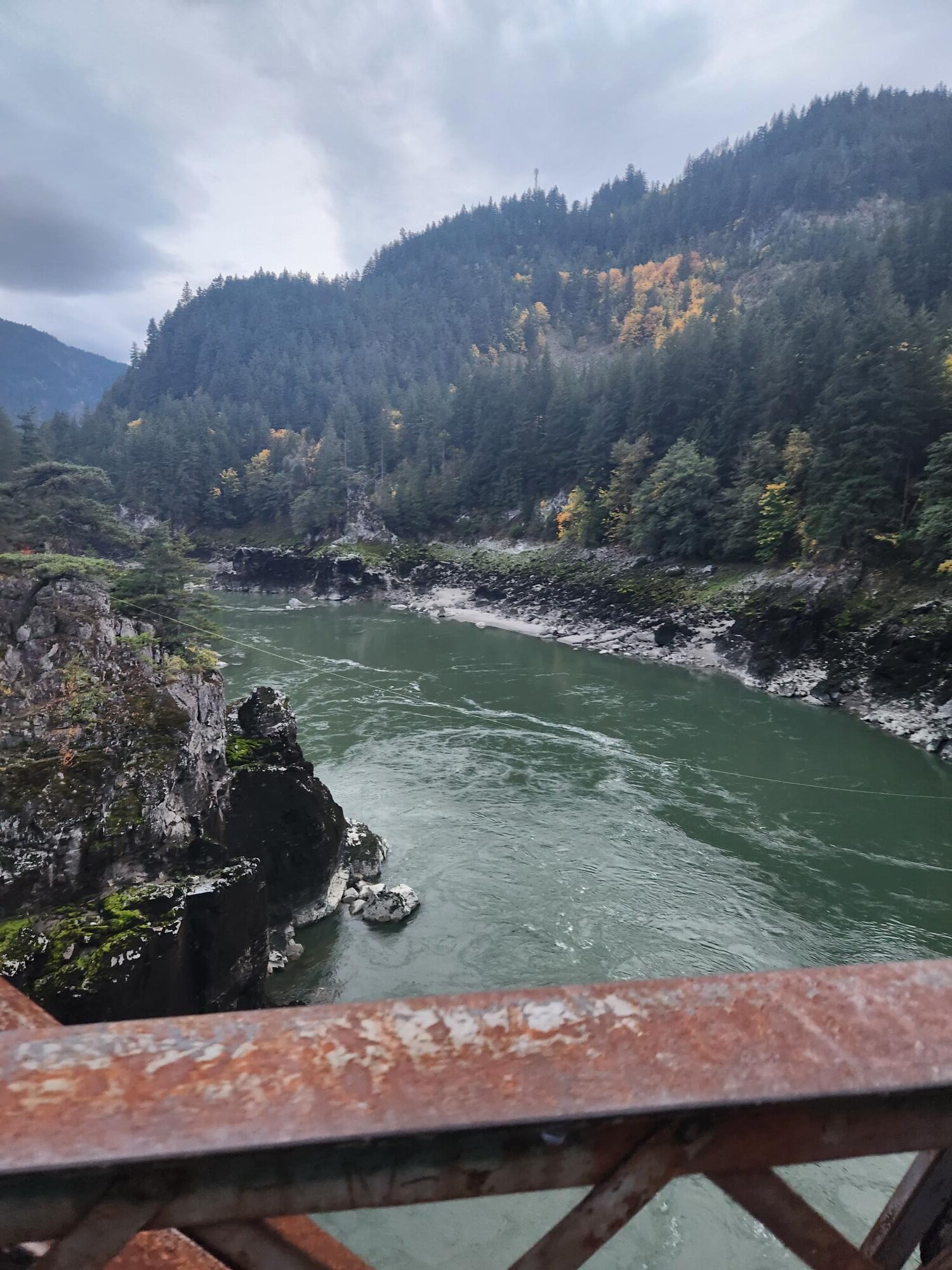
View of the Fraser River
Thousands of men from California and all-over North America came to the Fraser River to mine the gravels bars in the river. These gravel bars situated in the river at various locations had accumulated vast quantities of placer gold. The gravel provides a good method of collecting the gold as it moves down the river from the point of origin. These bars of the Fraser were what made the rush so enticing and a bonanza for a few lucky prospectors!
Placer mining on the Fraser River took form in many ways. Miners would sluice, hand pan, use rocker boxes, hydraulic monitoring of river banks and Wingdaming. All of these methods where used to extract gold from the Fraser River.
Hand panning worked best for prospecting, it’s a quick, mobile and effective way to survey gravel deposits and perform test pans. The pan is easy to use and can effectively separate gold from the gravel, it does not require much and can be a dish pan or popcorn bowl if that is all you have. All of prospectors would use dish pans and prospect for gold.
If there is a good prospect of gold then further methods should be sought to speed up production of gold recovery. There is a lot of gold panning on the Fraser, prospectors looking for that next big nugget.
Sluicing is the next option used on the Fraser River, it allows for a higher volume of material to be processed as compared to hand panning, the problem with sluicing is that is requires water to operate and sometimes that can be an issue if the sluice cannot be used directly in the river. Many factors will determine this such a water velocity, angle of sluice, type of material and location available.
When water was short then rocker boxes would be used instead. Rocker boxes require minimal use of water and where a common site on the rocky banks of the Fraser River. The topography was intense, full of rocks, boulders and precipitous slopes. It was a difficult region to operate in. Rocker boxes provided an option for rougher terrain where set up further from the river was required.
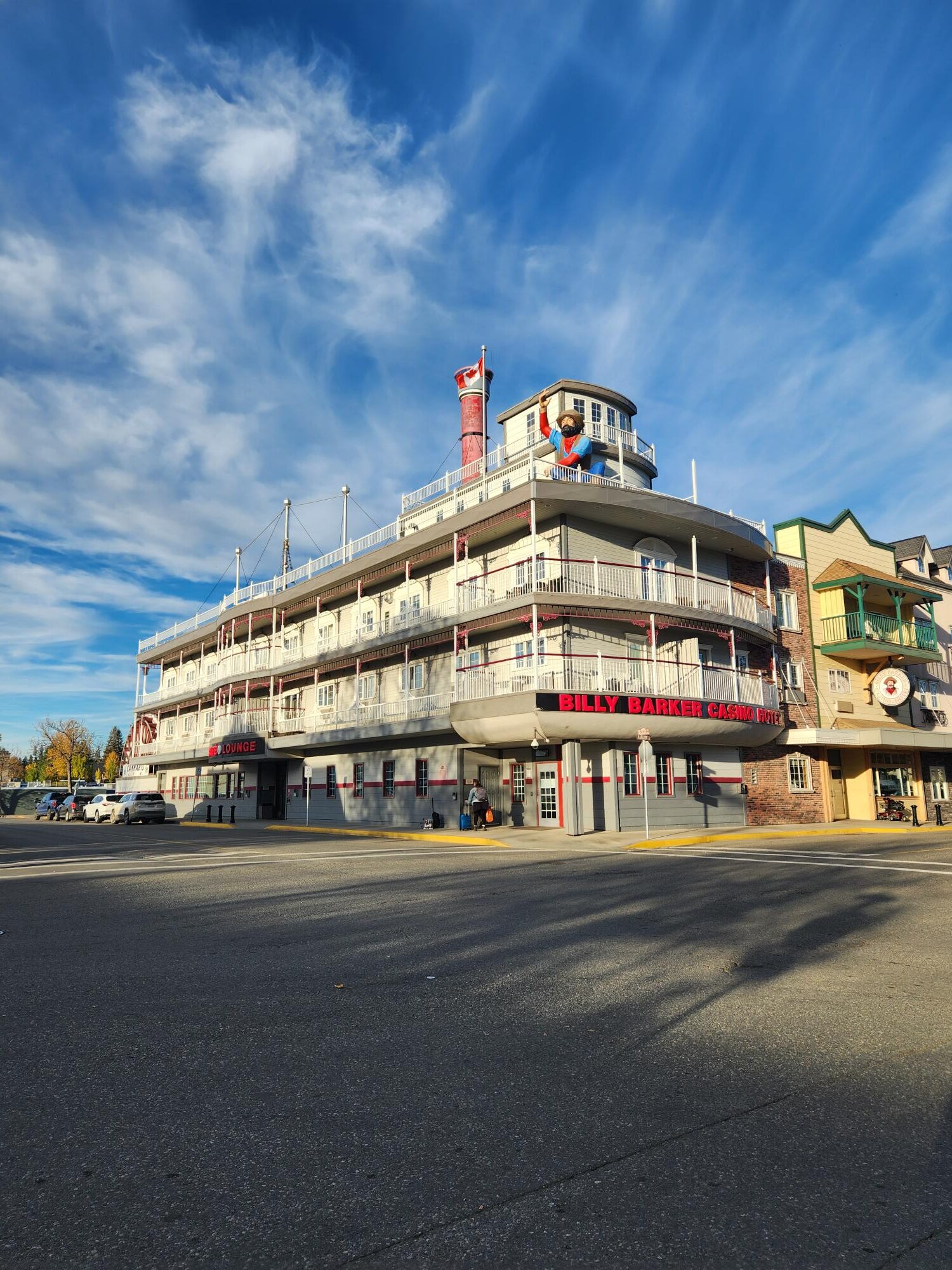
Billy Barker Casino Hotel In Quesnel
Like in the Cariboo region, water monitors where used to help wash away river banks and extract gold by sluicing. There was a lot of water available and the banks of the river could contain gold. That was enough for the old miners, they went to work.
Wingdaming is used to keep the river at bay and was a common practice for prospectors undertaking placer mining operations on rivers and creeks. Getting down as far as possible into the river bed would yield the best results for extracting gold. Hitting bedrock was the name of the game, finding the bottom of the river or creek and chasing the lead to its source. Wingdaming allowed these miners to get deeper than other methods.
Hope BC is a hub for transportation on the Fraser River. Gold was discovered in hope on gravels bars and the town began. Today hope is a blossoming town with industry, transportation and tourism all prospering in the town. The movie Rambo was shot in Hope as well as the TV series Highway to Hell.
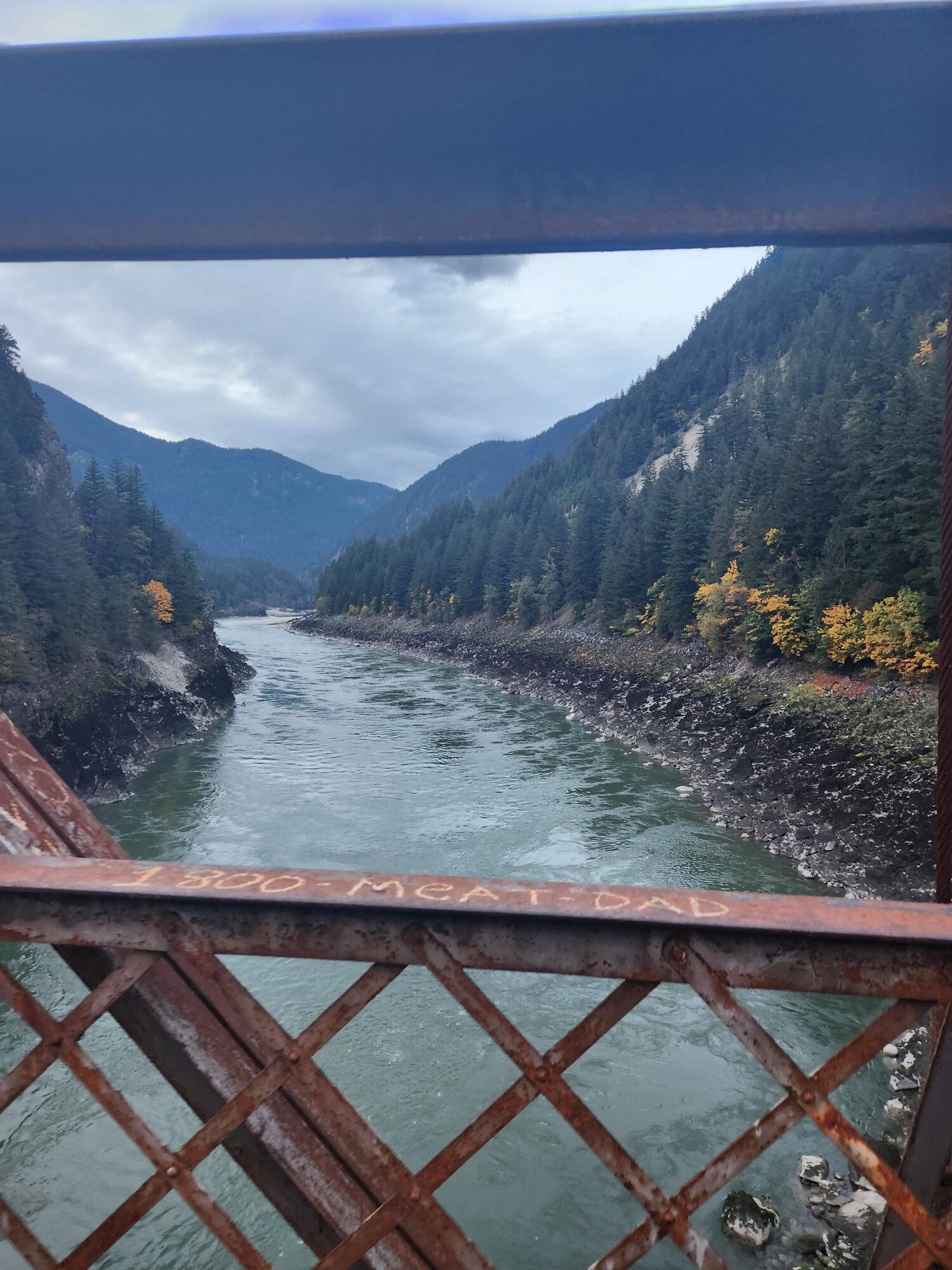
The Fraser Canyon Gold Rush
Yale BC became a transportation hub for the Fraser River between Vancouver and the goldfields. Yale experienced its own gold rush on the banks of the Fraser and was a huge community. It is a shadow of its former self now, once the gold dried up that was it for the town. A small number of people live there, it is about 20-30 mins north of Hope.
Lillooet BC also had gold discovered on the banks of the Fraser River. A big rush to Lillooet ensued and the Cariboo wagon road was built to Lillooet. This would be the first incarnation of the road; it would take a few forms over the course of time. Gold was mined using placer mining and Lillooet became a town, it still operating to this day and is a nice place to visit.
Lytton BC at the confluence of the Fraser and Thompson Rivers, it was a major hub during the gold rush days. It had gold discovered and the community prospered into the city. Eventually the gold dried up but Lytton remained a happy town. Unfortunately, the town fell victim to a fire and has been destroyed. It is a very sad experience traveling through Lytton today.
Quesnel is a major town and will be discussed in its own article, keep posted for that!
Hixon BC is the end of the Fraser River gold rush deposits. Gold was discovered there and a small settlement began, it didn’t last long but to this day there is a small community in Hixon. It is between Quesnel and Prince George; it is a fun place to stop when traveling up that way.
The Fraser River gold rush set the stage for mining in British Columbia. It brought a huge amount of American prospectors and changed the province in many ways
Next time you’re in Hope BC, take a trip up highway 1 and explore the Fraser River!
